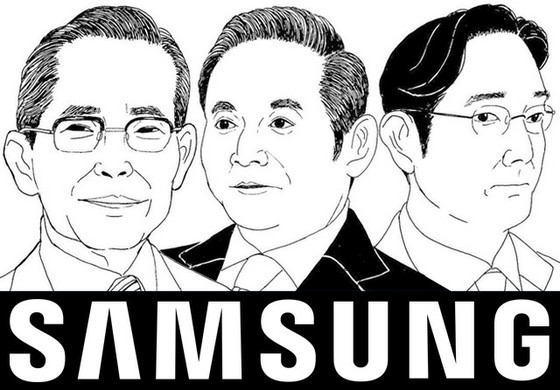 |
Regarding this, the Korean media reported at the beginning of September 2019, "In the two months of Japan's export restrictions, we replaced hydrogen fluoride from Japan and put Korean hydrogen fluoride into some processes." "Samsung Electronics is in the process of testing to increase the purity of hydrogen fluoride produced in China and put it into the semiconductor process" a foreign news agency said.
Looking at the main media reports in South Korea at that time, it is as follows.
-Samsung Electronics, partial replacement of hydrogen fluoride produced in Japan... It seems that domestic production has been introduced (2019.9.3 Yonhap News Agency)
-Samsung Electronics introduces a substitute for hydrogen fluoride made in Japan for some processes (2019.9.3 Dong-A Ilbo)
-Samsung Electronics succeeds in partially replacing hydrogen fluoride made in Japan (2019.9.3 Korean economy)
-Samsung Electronics launches domestic products in place of hydrogen fluoride made in Japan for some semiconductor processes (2019.9.3 KBS)
-Japan's export restrictions put "domestic" high-purity hydrogen fluoride into the semiconductor process in two months (2019.9.4 Hankyoreh newspaper)
In a nutshell, Korean semiconductor-related companies have significantly reduced the weight of Japanese hydrogen fluoride and replaced it with Korean or Chinese hydrogen fluoride.
For memory semiconductors, Samsung Electronics' latest process is at the 14nm level. In comparison, system semiconductors, which are competing with TSMC, are processes of 7nm or less (5nm, 4nm, 3nm, etc.) that are more than twice as precise as memory semiconductor processes. Therefore, the yield can be maximized if all the materials, equipment, and parts used in the system semiconductor process are composed of the best in the world.
However, Samsung Electronics even considered a plan to reuse high-purity hydrogen fluoride once used in an attempt to reduce its dependence on Japan by reducing the amount of hydrogen fluoride used itself, and actually made it into some processes, whilst also doing a test. After the test, it was not reported whether the method of reusing high-purity hydrogen fluoride was applied to the actual process. Reusing materials is a kind of painstaking measure. However, no matter how good the reuse technology is, if we reuse a high-purity substance of 99.999% or more that has already been used, we have no doubt that the initial purity (99.999% or more) will be maintained.
There is no accurate report as to why the yield of Samsung Electronics' system semiconductor precision process (7nm or less) plummeted. Perhaps even if the cause is clarified, the details belong to Samsung Electronics' external secret matters, so it will not be disclosed to the outside in the future.
However, the time when the yield of Samsung Electronics' system semiconductors began to plummet and the time when Samsung Electronics' response (reduction of Japanese production, alternative introduction from South Korea) began due to the strengthening of Japan's high-density hydrogen fluoride export examination, 2019 How should we accept the exact match in terms of year? At least, it cannot be said that there is no relationship between the current situation of Samsung Electronics' system crash in yields and the current situation of replacing high-density hydrogen fluoride with Korean products.
In 2020, South Korea imported Japanese high-purity hydrogen fluoride, Photoresist, and polyimide fluoride for $373.04 million. Then, semiconductors were produced using these three materials, and the amount exported by South Korea was 122.1 billion dollars (2021). It has increased by nearly 330 times ($ 373.04 million → $ 122.1 billion).
What if a gourmet shop who carefully selects the best ingredients and cooks the best food suddenly serves a dish made by mixing unverified ingredients? It will taste like something strange. The number of regular customers will gradually decrease one by one.
In this respect, Samsung Electronics' systemic semiconductor yields may have fallen due to the use of unverified materials that have been pressed against the anti-Japanese atmosphere. And if precision equipment (such as EUV) is contaminated with such materials, the problem is not easy. It is a typical example of devouring the small and grabbing the large.
Many Koreans enjoy anti-Japanese as free, but when you think about it, nothing is as expensive as anti-Japanese. While Samsung Electronics' system semiconductor business continues to wander due to yield problems, TSMC in Taiwan and Intel in the United States will be far away from Samsung Electronics.
If that happens, South Korea will have no choice but to be weeded out due to competition in the semiconductor field. Perhaps only then will Koreans realize the fact that anti-Japanese is not free.
2022/05/18 21:21 KST


